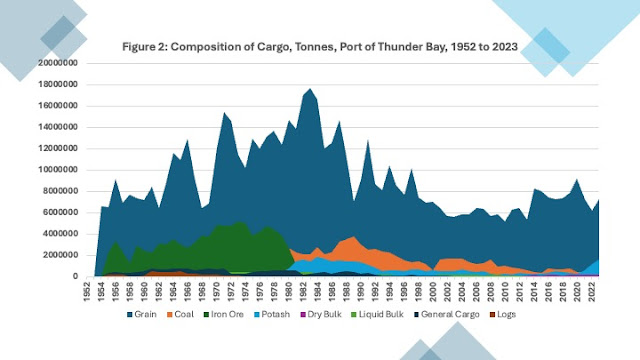The two main federal parties have released their platforms and costing and inevitability the question of whether their fiscal programs are sustainable emerges. Trevor Tombe at The Hub has already weighed in on the Liberal platform and notes that it “marks a clear break from the government’s previous approach to fiscal policy and proposes to move Canada onto a less sustainable track.” The Liberal Platform essentially adds $225 billion in deficits to Federal debt. More specifically, Tombe notes that: “marks a clear break from the government’s previous approach to fiscal policy and proposes to move Canada onto a less sustainable track.” The Conservatives have also released their platform with costing and they have no plans to balance the budget either and will be adding about $100 billion to the federal debt over the next four years.
The question that arises is whether these additions to the federal debt will make federal finances unsustainable. The answer to this is of course dependent on what your definition of sustainability is and what the growth rate of the economy is projected to be. The latter is a big uncertain variable given that there is trade upheaval underway with the United States and much of the increase in projected spending deals with addressing the trade upheaval and associate issues such as national security. As for the definition of sustainability, it depends. If your benchmark for sustainability is a good credit rating on federal debt and being able to meet the debt service costs relatively easily, then both platforms are easily sustainable for the foreseeable future.
However, public finance economists have a somewhat more discerning measure that is tied to the debt to GDP ratio. In other words, if the debt to GDP ratio is flat or falling, then the fiscal course of the public finances is sustainable. On the other hand, if it is rising, then it is not sustainable. So, to examine sustainability using these measures, Figures 1 and 2 plot three scenarios (Baseline taken from the Liberal Platform, the Liberal Platform and Conservative Platform). I am going to take all their numbers at face value and not get into whether projected revenues or cost savings are realistic. Having said that, the results are dependent on the rate of growth of GDP. For each scenario, the deficits going forward from 2025-26 to 2028-29 are added to federal net debt with 2024-25 set at $1.396 trillion. Meanwhile, GDP in 2024-25 is set at 3.173 trillion.
Going forward, the growth rates for GDP are one of two scenarios. Figure 1 plots the estimates with an assumption of nominal GDP growth annually at 4 percent. This is a relatively optimistic scenario all things given but not unreasonable even in the wake of the recent IMF revisions to their forecasts which reduced Canadian real GDP growth for the next two years to 1.4 and 1.6 percent. If inflation stays at 2 percent, we are looking at nominal growth ranging from 3.4 to 3.6 percent. Figure 2 however, reduces nominal GDP growth to 3 percent annually going forward and at 2 percent inflation yjis translates to 1 percent real annual growth.
The results show that at 4 percent nominal GDP growth, the Baseline and Conservative platform paths both show a declining net debt to GDP ratio. The Liberal platform at 4 percent growth is essentially stable for the next couple of years and then turns down ever so slightly. Of the three scenarios, one would expect the Liberal platform is the one that is most sensitive to lower GDP growth and that is indeed borne out in Figure 2. With 3 percent growth, the baseline scenario reveals at upward shift in the net debt to GDP ratio for 2025-26 and then a decline making it sustainable going forward. The Conservative net debt to GDP ratio remains on a downward trend even with lower growth. However, the Liberal net debt to GDP ratio going forward is clearly not on a sustainable path going forward though one may of course quibble that going from 44 to 45.4 percent over five years is hardly the end of the world. However, should there be a recession later this year and into next year, all these scenarios will be worse.
So, it appears that even with all the spending being proposed, the federal public finances do not appear to be on a widely out of control path going forward whatever party forms the government. However, strictly speaking, some scenarios based on these assumptions are more sustainable than others.









